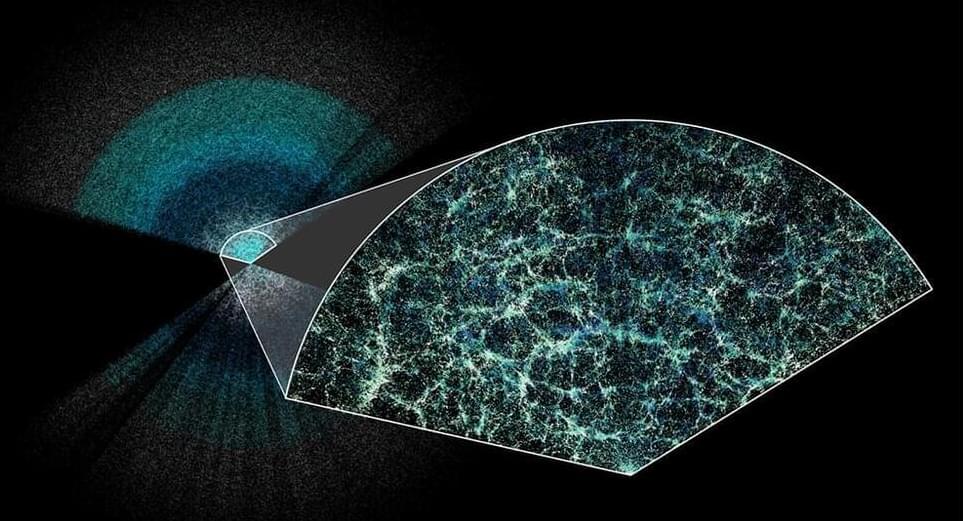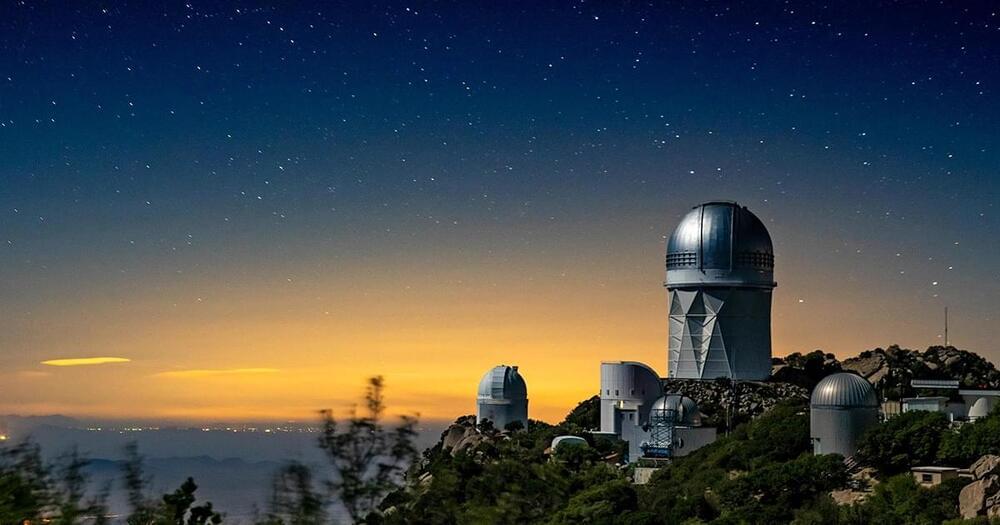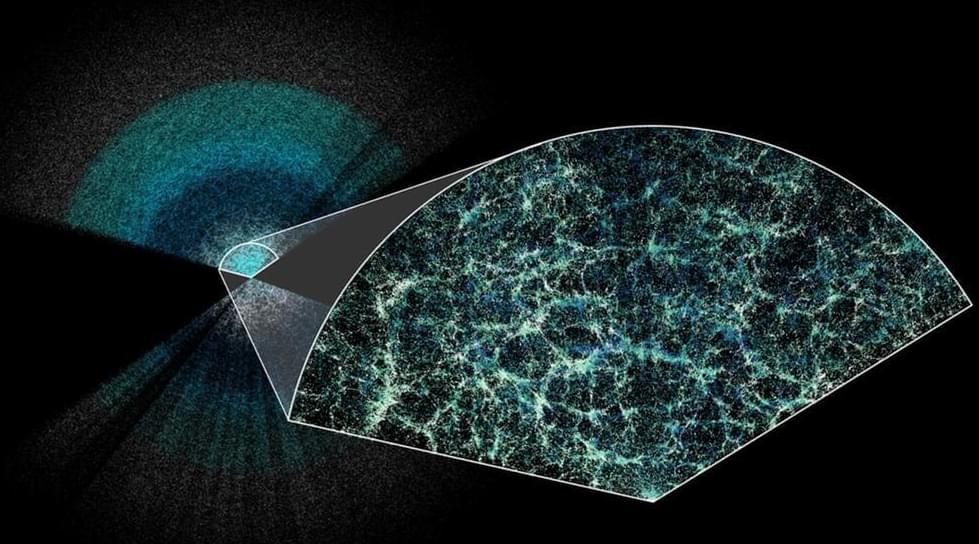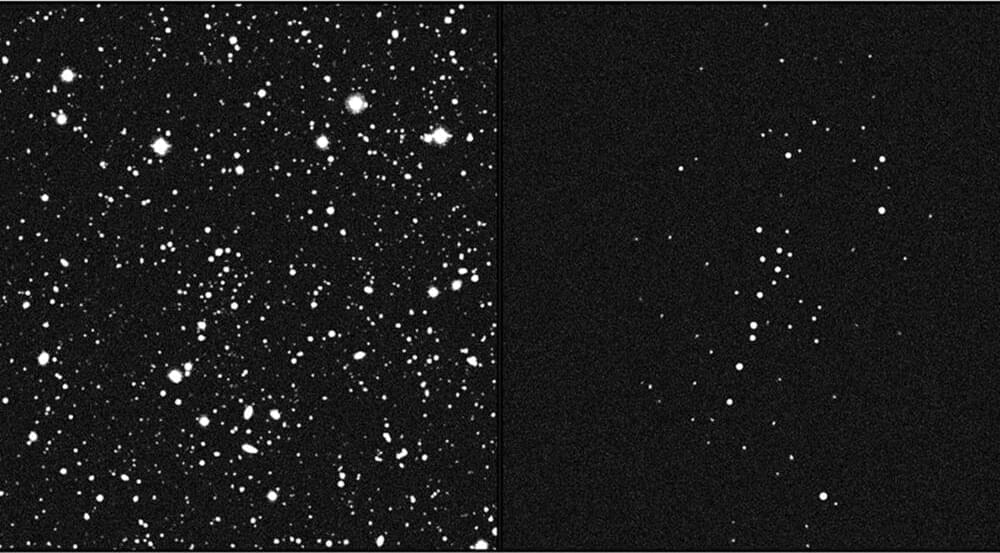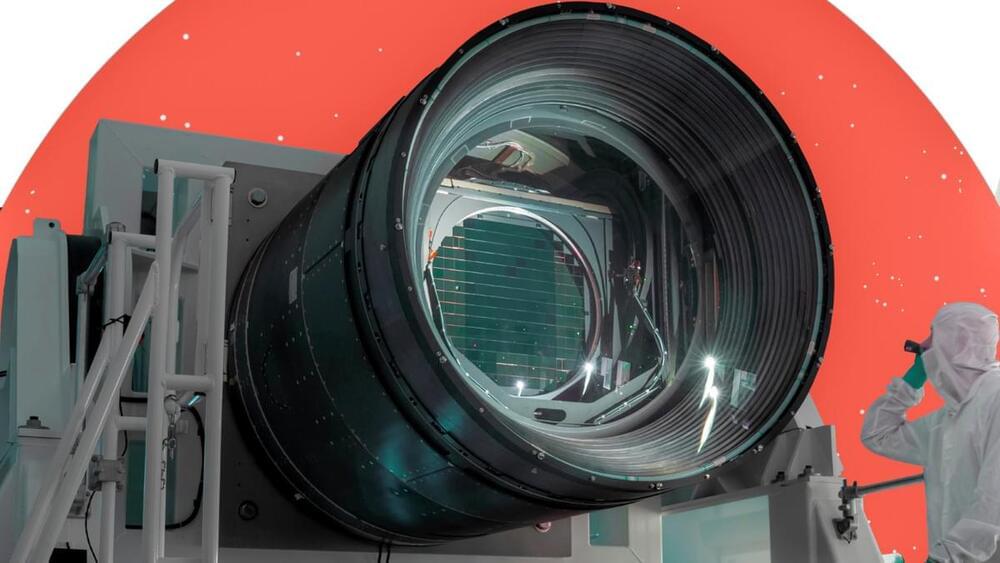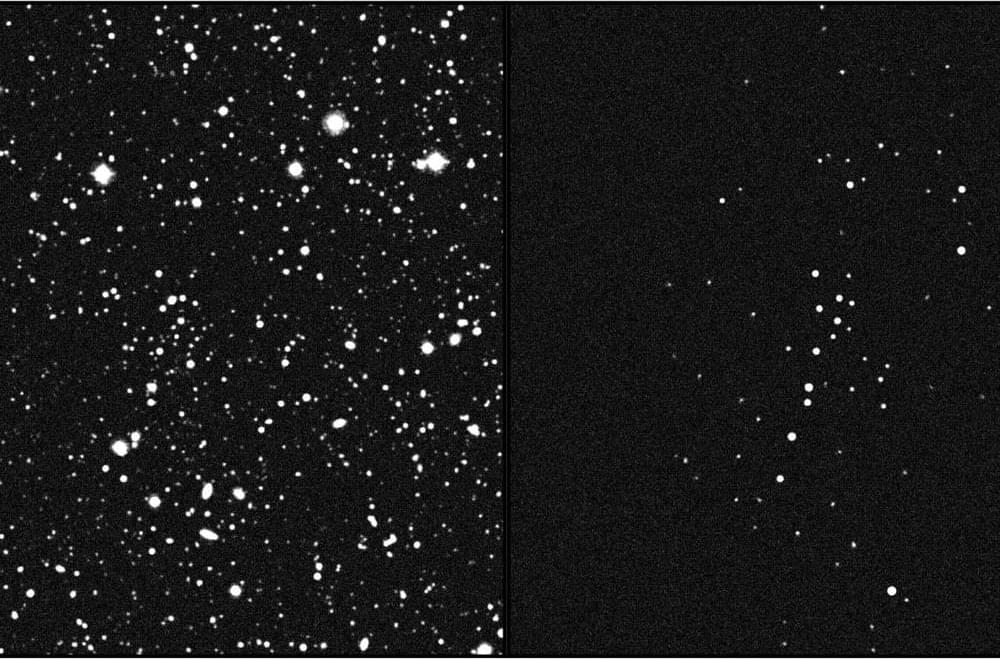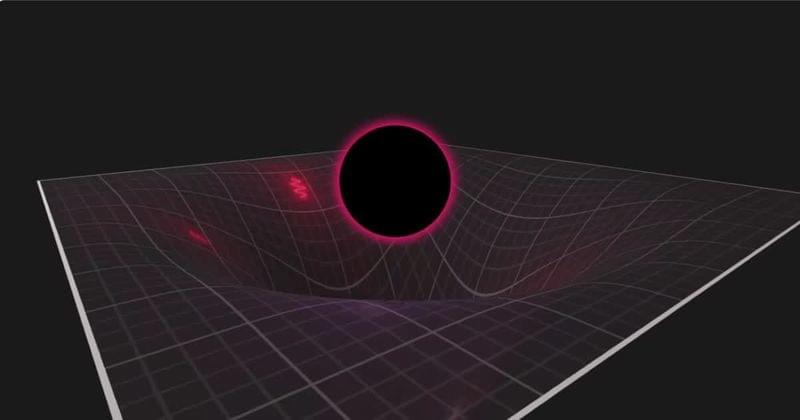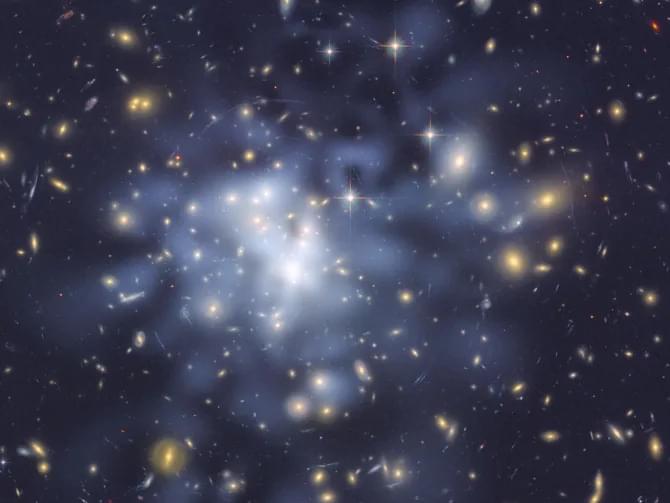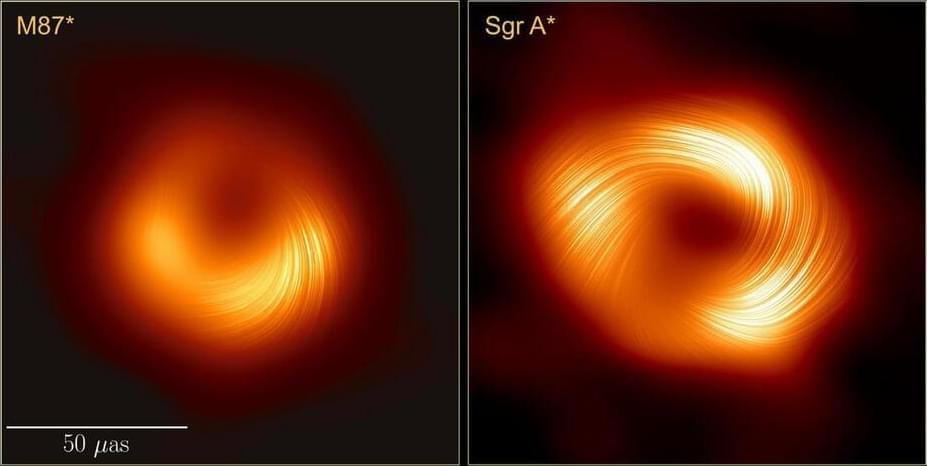Apr 4, 2024
First Results from DESI Make the Most Precise Measurement of Our Expanding Universe
Posted by Cecile G. Tamura in categories: cosmology, physics, robotics/AI
DESI Survey announces the most precise measurements of our expanding #universe using the BAO signal in 6.1 Million #galaxies and #Quasars from Year 1, tracing dark energy through cosmic time.
With 5,000 tiny robots in a mountaintop telescope, researchers can look 11 billion years into the past. The light from far-flung objects in space is just now reaching the Dark Energy Spectroscopic Instrument (DESI), enabling us to map our cosmos as it was in its youth and trace its growth to what we see today. Understanding how our universe has evolved is tied to how it ends, and to one of the biggest mysteries in physics: dark energy, the unknown ingredient causing our universe to expand faster and faster.
